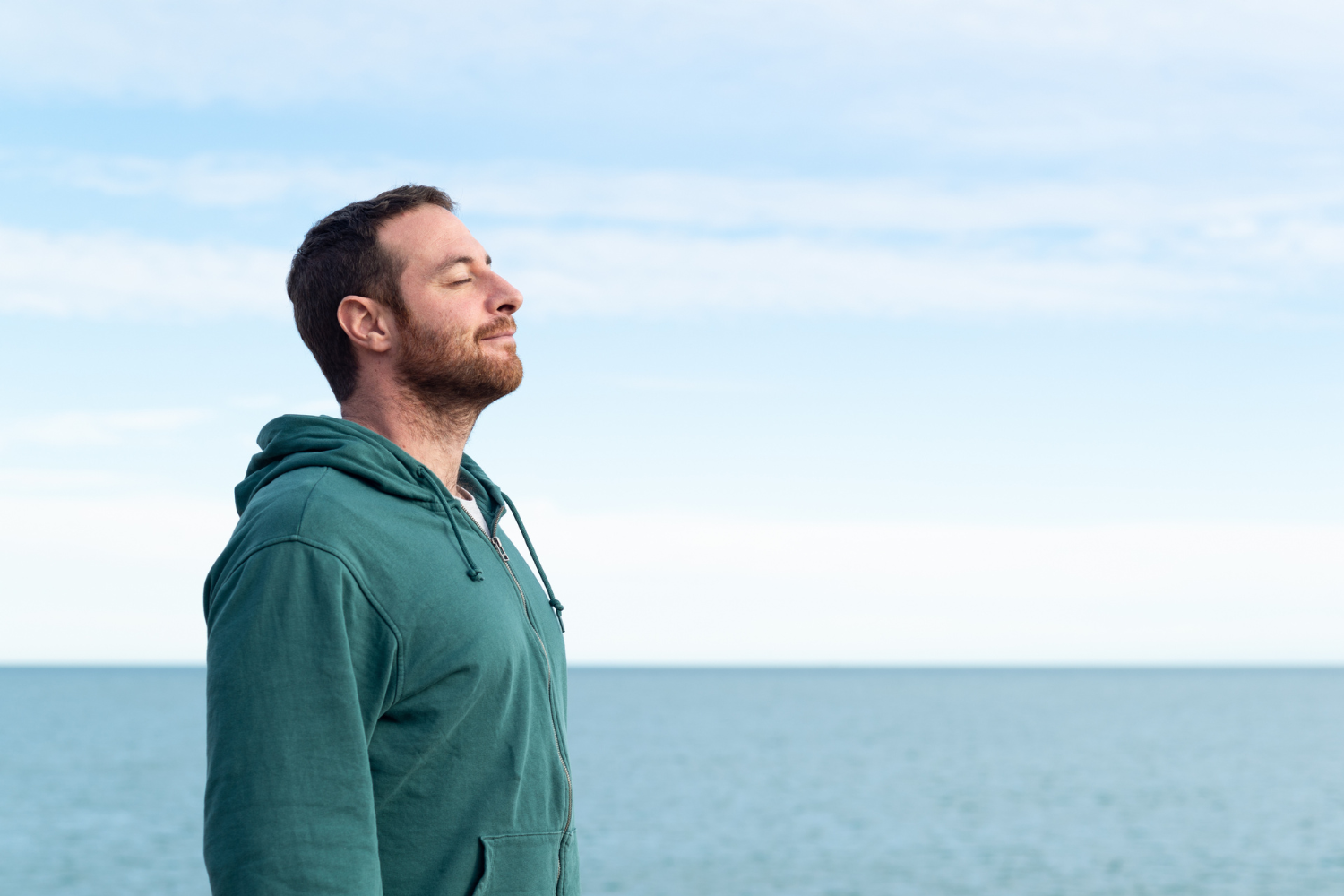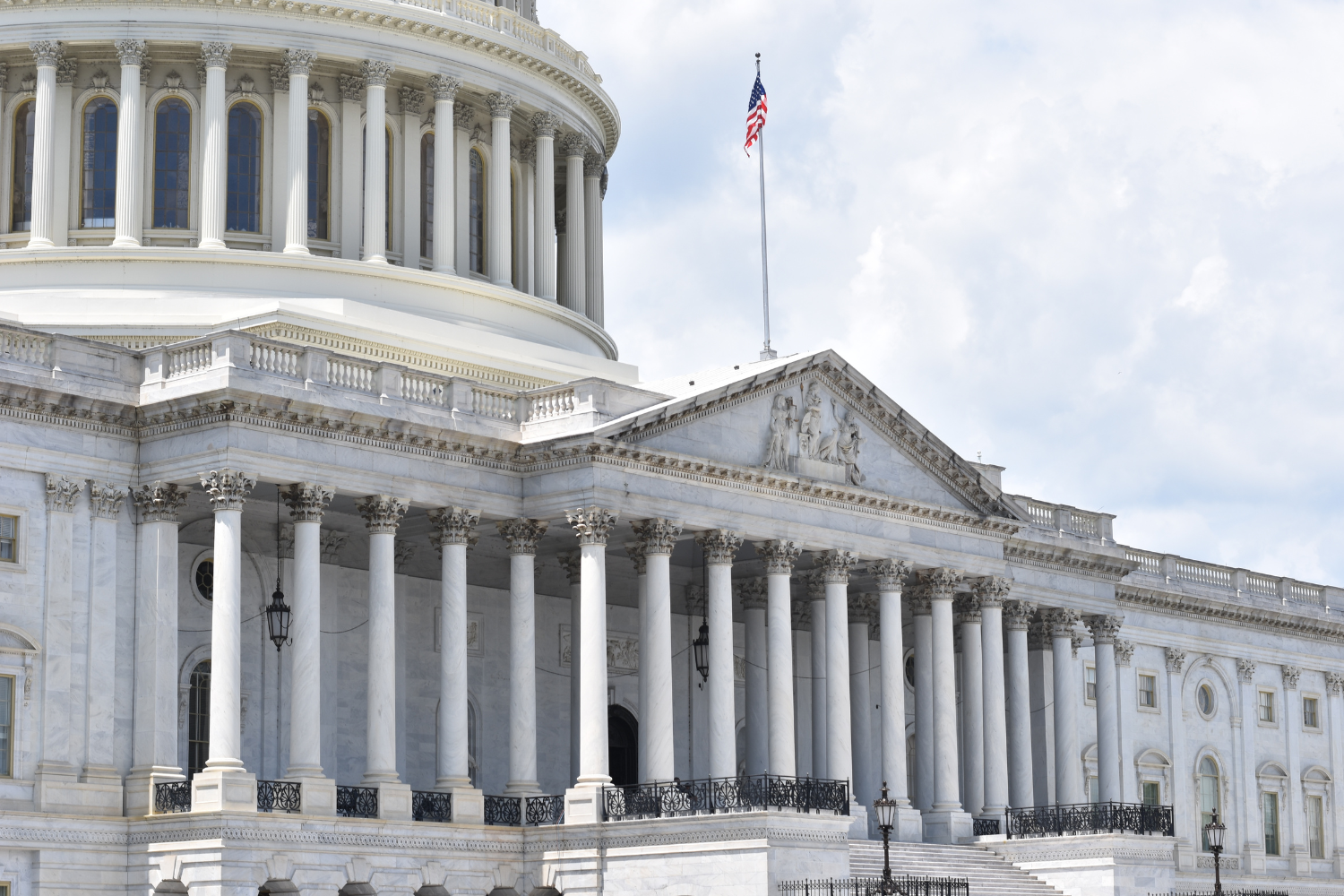For most medical students, the loans required to pay for tuition and housing (and all the other necessities required to stay alive!) can be very intimidating. Our tuition is set by our school, rent and food prices are increasing, and most of us rely solely on loans to afford these costs. While the fourth year of medical school is full of exciting times with residency applications, interviews, and audition rotations, all of these come with costs that many students may not have been prepared for.
At the beginning of fourth year, most students begin the residency application process with the ERAS system. In 2023, the AAMC reported that the average number of residency applications from DO schools in the US was 93. This equates to $2,220. In 2024, DO students applying to family medicine residency programs applied to on average 46 programs, which equates to $810. In addition to the ERAS fees, students must also pay $80 to have their COMLEX transcript sent, with the optional cost of another $80 for their USMLE transcript if they opted to take those exams. Finally, along with applications, students must also pay $70 to register to the NRMP Match service. This all equates to, on average, for DO students only applying to family medicine, an application and match cost of $960.
Amidst the application season, many students also complete audition rotations, subinternships, and away rotations. These are two-to-four-week rotations with residency programs, most often away from your home institution. These offer the opportunity for applicants to really get to know the ins and outs of residency programs, while also giving the program a great look at the potential resident. However, the cost of renting a room or apartment for this opportunity is yet another cost that is extended to the applicant. Some students get lucky and find free (or very cheap) housing with friends, family, and generous residents willing to share their space, but many students resort to finding housing for these rotations through websites like RotatingRoom, AirBnB, FurnishedFinder, and VRBO (to name a few). Depending on location, the cost for housing can vary from $1,000 to $3,000 for only 4 weeks. And this cost comes on top of the rent that the student is already paying for their housing at their home institution. These costs all compound the more rotations a student does, and thus, varies for each student depending on the number of away rotations they attend.
After completing residency applications and registering for the match, students begin the interview process. Thankfully, since the COVID-19 pandemic, many programs have shifted towards virtual interviews to make the interview process more equitable and to save costs for applicants. However, as time passes, more and more programs are offering in-person interviews for their residencies. While this certainly offers a better chance to see the program, it also adds more costs to the applicant. Many residencies will offer a hotel room and meals for the duration of their in-person interview. This does not include travel to the location, which could potentially require plane tickets or several hundreds of miles of driving. This cost is difficult to estimate as it largely depends on the programs students are applying to and the geographic range of programs that students are applying. These costs are also extended to second-look opportunities that many residency programs will host in early spring/late winter to give applicants who applied virtually the chance to see their top prospective programs in person before making their final rank list.
And finally, after medical school is done and students have graduated, they get to move to a new location to start residency. Some programs are generous with a moving stipend to help this process, while others don’t offer a stipend, which results in yet another cost added for students. The last loan disbursement made to students is about midway through their fourth year of school and must last until the students have finally made it to their first-ever doctor paycheck.
As we all work to make medical education more equitable so that physicians are from and look like the communities they care for, this overwhelming upfront cost is most certainly a barrier for students to even enter medical school. If students don’t know about these costs upfront, they may not have enough to make their fourth-year expenses possible. I know personally that if I didn’t have friends in classes ahead of me warning me to plan ahead and start saving, I would not have been able to attend my audition rotations and second looks that I did. Medical schools, the AAMC, and the NRMP should all be more upfront with these costs to prepare students early in their medical school careers to set them up best for success with the residency application process. These organizations should also aim to make their processes as equitable as possible so that all applicants, no matter their background or socioeconomic status can have a fair chance at matching to the residency program of their choosing.
Resources
https://pmc.ncbi.nlm.nih.gov/articles/PMC10247986/#sec6
https://students-residents.aamc.org/financial-aid-resources/cost-applying-medical-residency
https://www.ama-assn.org/medical-students/preparing-residency/heres-how-many-residency-programs-med-students-really-apply





